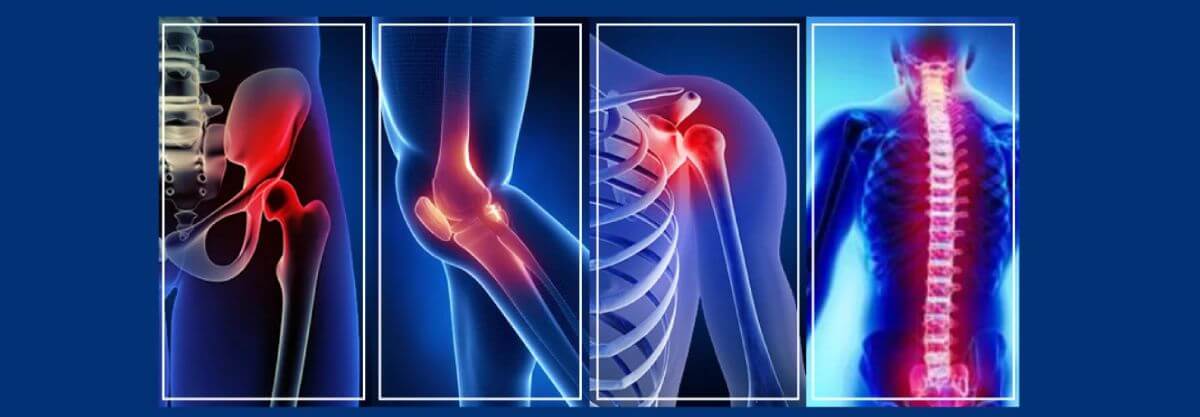
15 Jul, 2024 Understanding Common Orthopaedic Injuries: Causes, Signs, and Remedies
Orthopaedic injuries can range from mild sprains to severe fractures and are common in both everyday activities and sports. Understanding their causes, identifying the signs, and knowing the appropriate remedies can help manage these injuries effectively and speed up recovery. This blog will explore some of the most common orthopaedic injuries, their symptoms, and the treatments that can get you back on your feet.
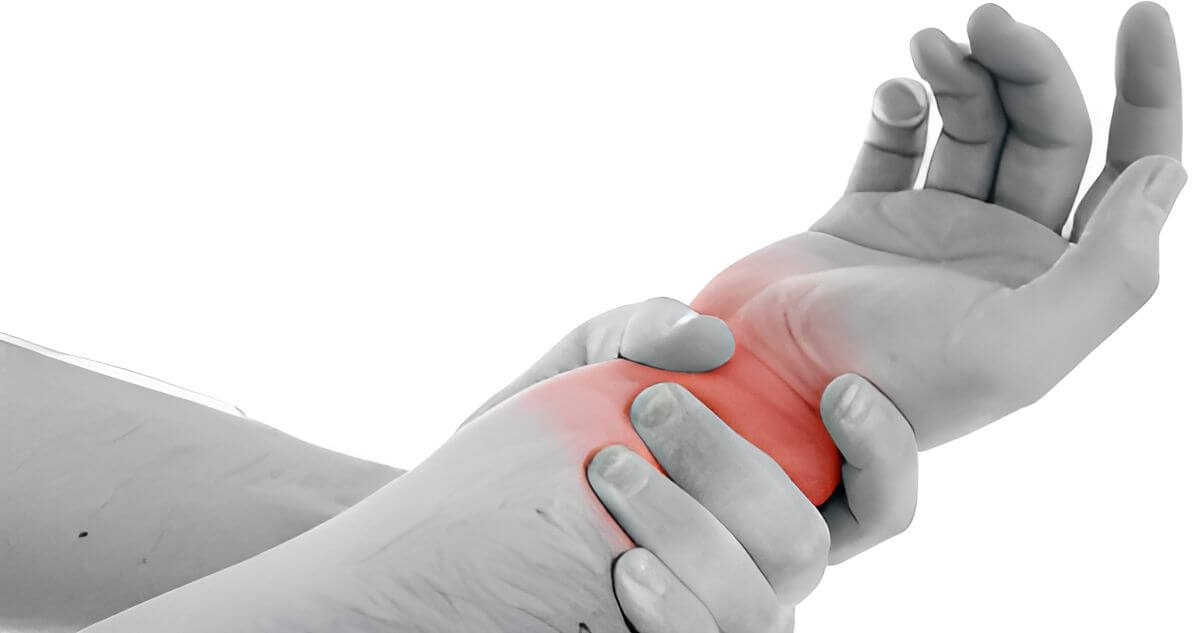
Sprains and Strains
Ankle Sprains Sprains occur when ligaments (the tissues connecting bones) are stretched or torn, often due to a sudden twist or impact. Strains involve injuries to muscles or tendons (the tissues attaching muscles to bones) and are typically caused by overstretching or excessive force.
Signs
- Pain around the affected joint or muscle
- Swelling and bruising
- Limited movement
- Muscle spasms or cramping (for strains)
Remedies
- RICE Method: Rest, Ice, Compression, and Elevation
- Over-the-counter pain relievers like ibuprofen
- Physical therapy to restore strength and flexibility
- Severe cases may require immobilization or even surgery
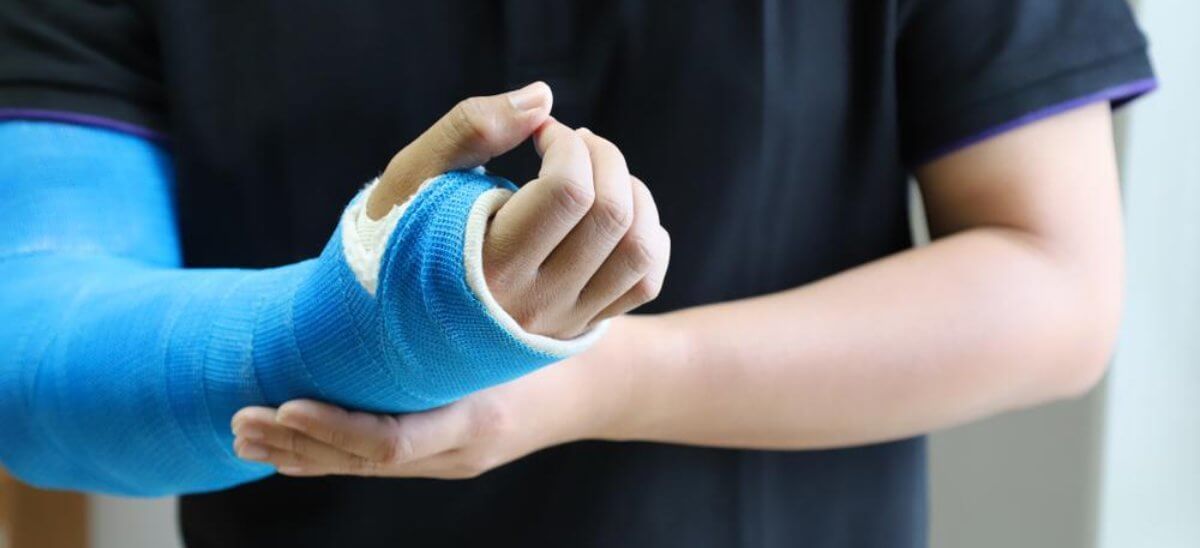
Fractures
Causes: Fractures are breaks in bones usually caused by trauma (such as falls or accidents), overuse (stress fractures), or conditions like osteoporosis that weaken bones.
Signs
- Intense pain at the site of injury
- Swelling and bruising
- Visible deformity or an inability to move the affected area
- Crepitus (a grating sensation) if bones are rubbing together
Remedies
- Immobilization with casts, splints, or braces
- Pain management with medications
- Surgery may be necessary for severe fractures to realign and fixate the bones
- Rehabilitation exercises post-immobilization
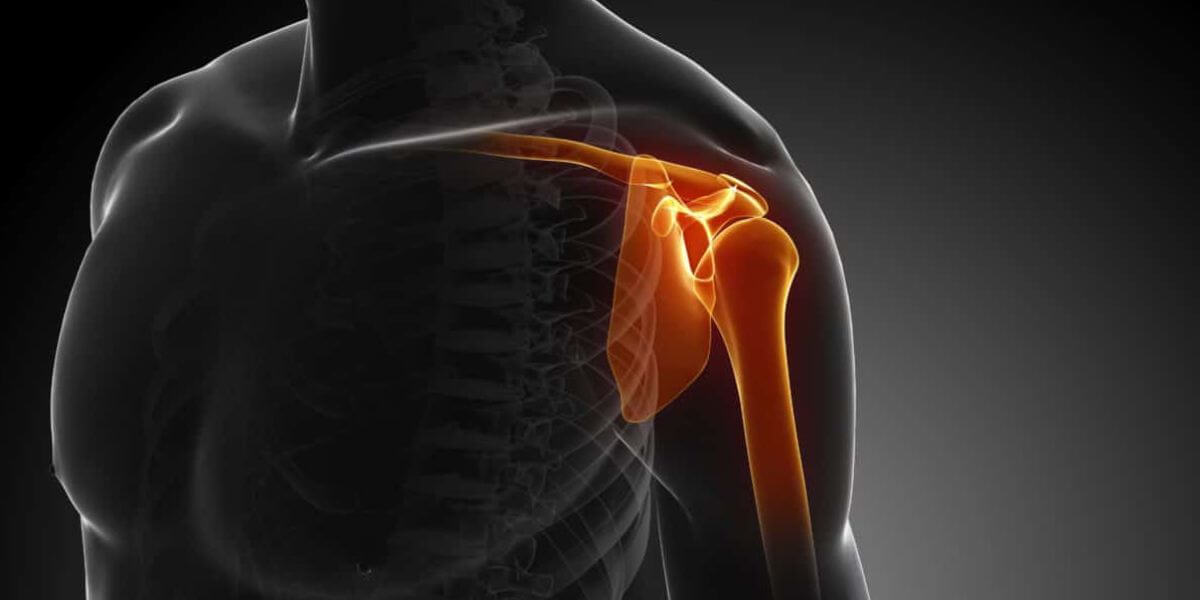
Dislocations
Causes: Dislocations occur when bones are forced out of their normal positions at joints, often due to trauma or extreme forces applied to the joint.
Signs
- Visible deformity and abnormal positioning of the joint
- Severe pain and swelling
- Inability to move the joint
- Numbness or tingling around the area
Remedies
- Immediate medical attention to realign the joint
- Immobilization with a sling or splint
- Pain management and anti-inflammatory medications
- Rehabilitation to restore normal joint function

Tendonitis
Causes: Tendonitis is inflammation of a tendon, typically resulting from repetitive motion or overuse, common in activities like running, swimming, or typing.
Signs
- Dull pain and tenderness around the affected tendon
- Swelling and thickening of the tendon
- Increased pain with movement or use of the tendon
Remedies
- Rest and modification of activities to avoid aggravating the tendon
- Application of ice to reduce inflammation
- Non-steroidal anti-inflammatory drugs (NSAIDs) for pain relief
- Physical therapy to improve tendon flexibility and strength
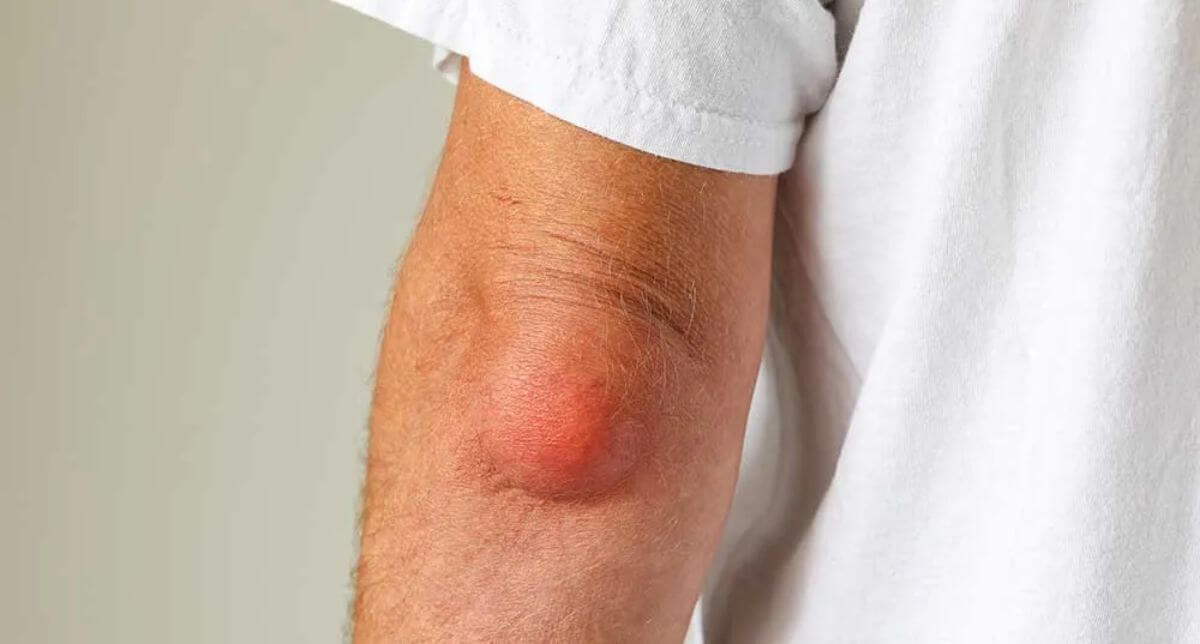
Bursitis
Causes: Bursitis is inflammation of the bursae, small fluid-filled sacs that cushion bones, tendons, and muscles near joints. It often results from repetitive motions or prolonged pressure on the joint.
Signs
- Pain and tenderness around the affected joint
- Swelling and redness
- Limited movement due to discomfort
Remedies
- Rest and avoidance of activities that exacerbate the condition
- Ice packs to reduce swelling
- NSAIDs for pain and inflammation
- Corticosteroid injections for severe inflammation
- Gentle stretching and strengthening exercises
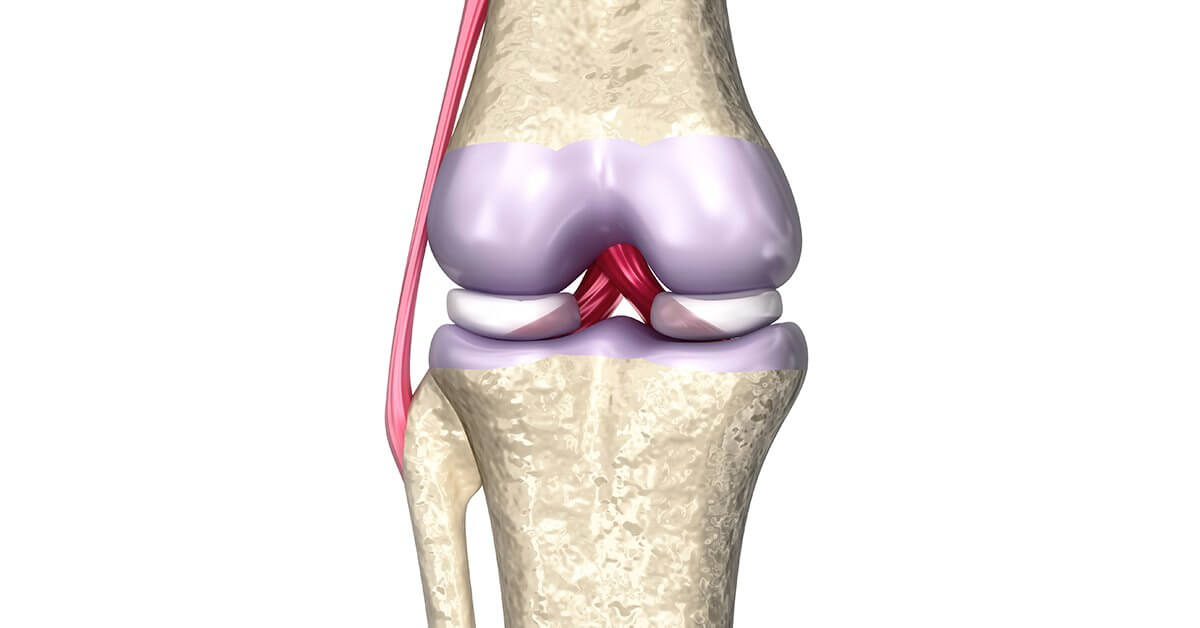
Torn Ligaments and Cartilage
Causes: Tears in ligaments or cartilage often result from high-impact sports or activities that involve sudden stops, twists, or changes in direction.
Signs
- Intense pain at the time of injury
- Swelling and bruising
- Joint instability or a feeling that the joint may “give out”
- Limited range of motion
Remedies
- RICE Method initially
- Physical therapy to restore stability and strength
- Surgical repair or reconstruction for severe tears
- Post-surgical rehabilitation to regain full function
Preventing Orthopaedic Injuries
Tips
- Warm-up: Always warm up before engaging in physical activity to prepare muscles and joints.
- Proper Technique: Use correct form and technique in sports and daily activities.
- Protective Gear: Wear appropriate protective gear for activities like sports or heavy lifting.
- Strengthening: Regularly perform exercises to strengthen muscles around joints.
- Flexibility: Incorporate stretching into your routine to maintain joint flexibility.
- Listen to Your Body: Don’t push through pain; it’s a signal that something may be wrong.
When to Seek Medical Help
If you experience severe pain, significant swelling, inability to move the affected area, or if symptoms don’t improve with self-care, consult an orthopaedic surgeon. Prompt diagnosis and treatment can prevent complications and promote better recovery outcomes.
